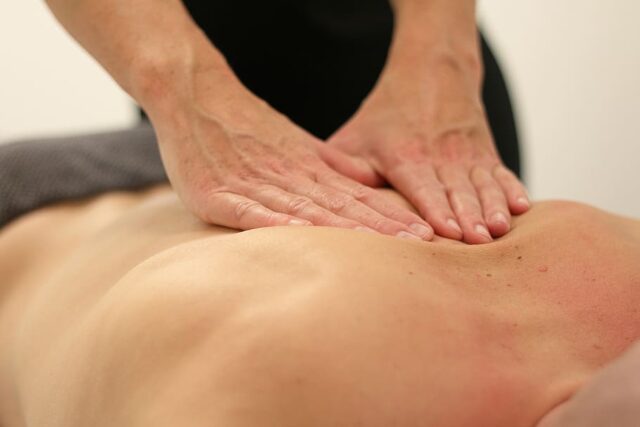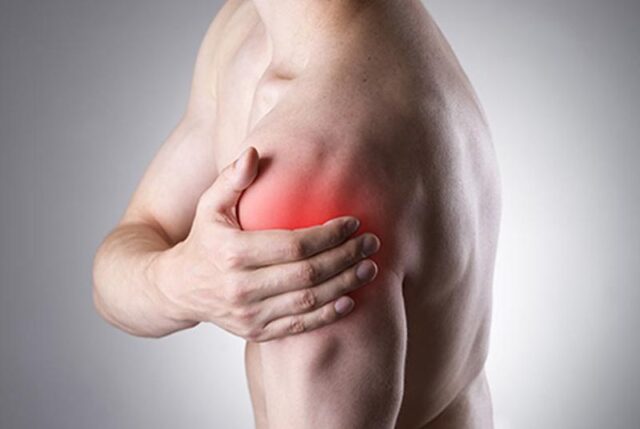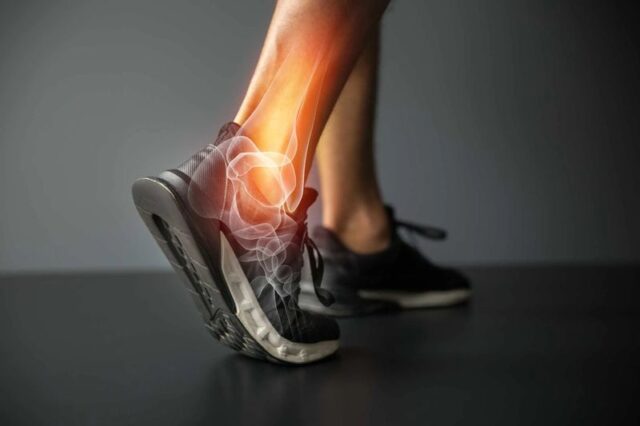
We all deal with pain, unfortunately enough. From nagging issues that come from daily life to the recurring pains that develop over time, body pains are something we all deal with to a certain degree. The problem is that people may experience pain differently, making them unable to explain to others how they feel. Pain may also be different in people depending on what is causing it. And if you experience pain in more than one place, it can be difficult to figure out what’s causing your issues and coming up with a plan to eliminate them.
With that said, there are some common issues that everyone seems to face from time to time. And despite the fact that these pains can be caused in a myriad of different ways, the plan to relieve the pain is usually the same. Here are the most common body pains people experience and how to treat them.
1. Headaches

Headaches are the most common form of pain in the body. They can affect everyone despite their gender, race, and age. Everyone might likely have experienced a type of headache at some point in their lives.
A headache can be a result of a medical disorder like depression, anxiety, high blood pressure, or migraines. It can also result from emotional distress and stress. People with chronic headaches find it challenging to go about their normal lives. Types of headaches are; primary headaches, secondary headaches – caused by another condition, migraines, tension, rebound, cluster, and thunderclap headaches.
Headaches are commonly treated through medication. Conventional over-the-counter drugs are the fastest and most effective way to treat headaches. Your physician can also prescribe preventative medication such as beta-blockers, antiepileptic drugs, etc.
2. Back pain

Back pain is a common excuse for absenteeism, especially at jobs where physical effort is needed. It can be caused by a number of things such as medical problems, activity, and injury. It affects people of different ages for several reasons.
Some common causes include spine infections, problems, movement, posture, structural problems, and strain. Additionally, the risks to experiencing back pain increases as you grow older. This is because of factors such as risk of degenerative disk disease and previous occupation.
Back pain usually arises due to poor posture and manifests with inflammation or tension around the spine. For treatment, anti-inflammatories can help in the short-term, as can your common treatments like heat, stretching, or rest but a massage can be great for your back as well, according to Emkiro. If you are experiencing back pain for a longer period, it would be good for you to visit the closest sports injury clinic and ask for treatment.
In terms of preventing back problems in the future, consider investing in an orthopedic brace for when you feel your back stability is compromised. Companies like Scriphessco sell them, as well as braces for other parts of the body.
3. Neck pain

Neck pain is one of the most common pains in the body. Many things can affect the neck muscles – from injuries and work-related causes like hunching over your workbench or leaning over your computer to poor posture when sleeping or sitting.
Another common cause of neck pain is osteoarthritis. Neck pain can be a symptom of a more complicated underlying problem, however, rarely. If your neck pain is accompanied by other problems such as extreme pain from your shoulder down your arm, loss of strength in hands and arms, and numbness, please seek medical care.
When treating neck pain, your physician will take a physical exam. After gathering all the necessary information, including recent injuries, you may have difficulty even if they are not related to the pain, supplements, and over-the-counter drugs you have been taking.
Depending on the assessment, neck pain can be treated using pain medication, neck collar, traction, antibiotics for infections, corticosteroid injection, and heat & ice therapy. Some remedies may require stretching, workouts, and physical therapy.
4. Muscle pain

Also known as Myalgia, muscle pains are also extremely common. Everyone has likely experienced a form of muscle pain or discomfort at some point in their lives. Muscles can be found in all parts of the body, which makes it a common type of pain. There are several causes of muscle pain, from injuries to overuse. There are also medical problems that can cause muscle pain. Some of them are; autoimmune disorders like dermatomyositis or lupus, infections like polio or flu, myofascial pain syndrome, chronic fatigue syndrome, and fibromyalgia, among others.
When muscle pain persists for more than a few days, you need to see the doctor. There are a number of ways it can be treated. You can use prescription drugs, relax your muscles, or even do some physical exercise. Your physician is in the best position to know how to treat your muscle pain.
5. Abdominal pain

Abdominal pain is a pain in the stomach region or between your chest and groin. The pain can be mild or severe though most of the time, it is not serious. Though most abdominal problems can be treated at home, there are fatal conditions such as early appendicitis and colon cancer. Causes of abdominal discomfort may be less serious such as constipation and food allergies.
You can take home preventative and curative measures for less serious abdominal pain. Some of the home remedies include drinking clear fluids and avoiding solid food, among others. Your physician may also take some tests and prescribe medication.
6. Joint pain

Joints facilitate the movement of various parts of our body. Any soreness, aches, and discomfort is joint pain. Most of the time, this condition doesn’t require a hospital visit. Some of the most significant causes of joint pain include arthritis, overuse of a joint, infection of joint or bone, inflammation of the tendon, injury, chondromalacia of the patella, gout, lupus, bursitis, and infectious diseases such as hepatitis, influenza, and mumps.
A common way to treat both severe and moderate joint pain is taking nonsteroidal anti-inflammatory drugs (NSAID) such as naproxen sodium (Aleve), ibuprofen (Advil, Motrin), or aspirin. Milder joint pains can be treated using acetaminophen (Tylenol). However, it is important to use pain medication with caution.
If you’ve been experiencing these sorts of pains for a long period of time and simple treatments aren’t working, be sure to consult a doctor. And since it can be difficult to figure out how to describe your pain at times, consider these questions when you schedule your appointment.
– How severe the pain is
– Where you feel the pain
– How long you have experienced pain
– What may have caused the pain
– Whether the pain is constant or comes and goes
– Whether the pain is spread out or in one spot
– How often you feel pain
With these points in mind, you and your doctor can better diagnose – and more importantly treat – your chronic sources of pain.








